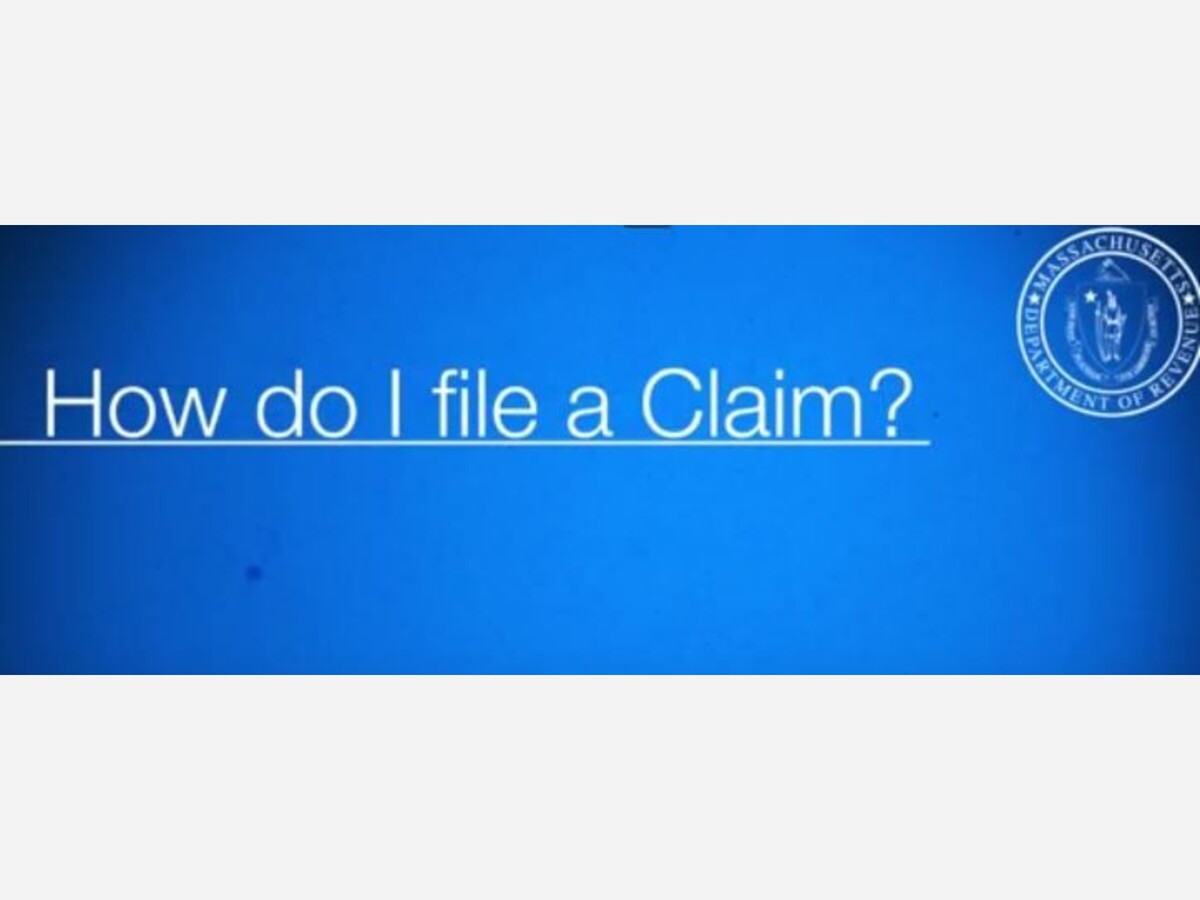Image

The state unemployment insurance system could fall hundreds of millions of dollars into the red within four years, even without a substantial spike in joblessness and before accounting for money Massachusetts may owe the federal government, according to new projections from the state.
The new report about the unemployment insurance trust fund's financial health again forecasts the state will continue to pay out more in jobless benefits than it collects from insurers to cover those costs, and the anticipated gap grew in the latest round of calculations.
The most recent report published by the Healey administration estimates the fund will approach zero by the end of 2027, then face a nearly $300 million deficit by the end of 2028.
It's a further move toward the red compared to the prior two quarterly reports. In April, the Healey administration forecast a UI trust fund balance of about $859 million by the end of 2028, and in August, it estimated the account will have $192 million by the end of 2028.
Officials at the Executive Office of Labor and Workforce Development, which relies on economic projections from financial services firm Moody's, attributed the latest shift to revisions to historical data and a decline in anticipated taxable payrolls.
Moody's data used to craft the prior quarterly unemployment insurance trust fund report in August were more optimistic than they are now, a Healey administration official said. The latest data also expect more wage growth, which results in projected benefit payments continuing to outpace estimated tax collections to fund them.
"In the August quarterly report, the rate of wage and salary growth was expected to slow to 1% per quarter by the end of 2024. Current projections keep growth higher a little longer and push that out to mid-2025," officials wrote in the latest report. "Growth rates are still expected to be generally stable at just under 1% per quarter for the remainder of the projection period."
The most recent report expects the statewide unemployment rate to climb more quickly than prior projections, hitting a ceiling of 3.7 percent by the end of 2024 and then shedding a few hundredths of a percentage point in subsequent years.
In fact, the state's jobless rate in September was reported Friday by the Executive Office of Labor and Workforce Development at 3.8 percent, up by 0.1 percentage points from August and 0.5 percentage points higher than the revised September 2023 unemployment rate of 3.3 percent.
Experts have cautioned that expecting unemployment to remain that low for four-plus years might be overly optimistic, and that any increase could further strain the unemployment fund.
Alongside the shrinking trust fund balance, the Healey administration in its latest report projects that taxes on employers to fund benefits will climb to Schedule G, the highest level, by the end of 2028.
That, too, is a change from the August outlook, which estimated that taxes would reach only Schedule F by that year.
How much each employer owes can vary based on both economic factors and its individual "experience rating," which is calculated based on a business's unemployment history. Businesses owe taxes on the first $15,000 in wages per employee.
"As our administration looks for changes in economic and labor market conditions that may impact the trust fund, we are committed to working with stakeholders to ensure the state is best positioned to address any challenges it faces in the future," said Matthew Kitsos, a spokesperson for the Executive Office of Labor and Workforce Development. "We will continue our work to stabilize the trust fund while maintaining benefits for impacted workers and support for employer partners."
Fudging it With the Feds
A major wild card continues to loom over the state's jobless aid system.
Gov. Maura Healey and her deputies revealed in the summer of 2023 that during the Baker administration, Massachusetts mistakenly spent about $2.5 billion in federal funds on jobless benefits that should have been covered by state dollars.
Since then, state and federal officials have not said whether Massachusetts will owe some or all of that money back to the federal government, nor how any repayment might work.
A Healey administration official said Wednesday that discussions are ongoing about identifying a resolution that minimizes the impact on Massachusetts and especially its employers.
The state-produced unemployment insurance trust fund projections do not factor in any possible impacts stemming from the $2.5 billion error. In its latest trust fund report, EOLWD recited the same description of the situation it has used for months.
"The amount that may be due to the federal government, and the timing, method, and source of such reimbursement, are currently unknown," officials wrote. "The Commonwealth is engaged in discussions with [the U.S. Department of Labor] to resolve this matter."